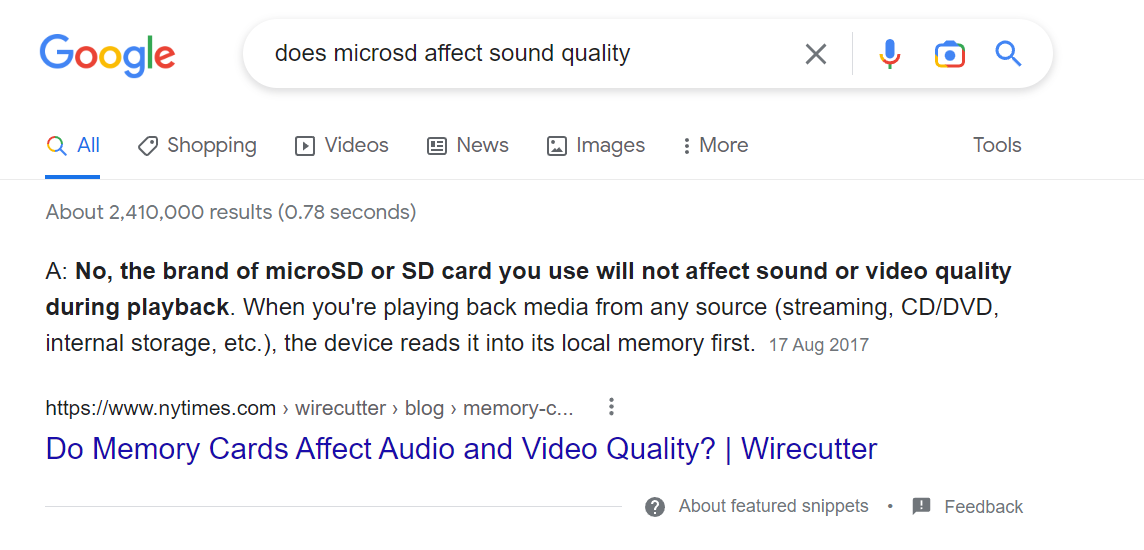Digital systems do have many layers of error corrections to ensure that data transmissions are reliable. Many layers of CRC Checksum error correction happens along the chain, from corrections at the Operating system level to the hardware itself. Error correction systems usually works robustly well enough inside modern electronics that the end user won’t encounter noticeable performance/data accuracy or corruption issues.
Howeever error correction system is not always a given standard feature that exist at the hardware level. Take for example most consumer PCs do not come with ECC RAM. Certainly a single bit error won't noticeably affect your game or your video playback or sound playback, but if the bit errors are very cumulative or involves multiple consecutive bits, it either will crash the system, stop the smooth flow of the video/audio or cause lag spikes to the digital transmission or cause your photos to look corrupted or cause your programs to have compile errors. As Digital Audio Playback is a time critical data stream, it does not function like in the case of file copy using the Operating System where there's additional checksum/error correcting measure in place in the OS level after the data is written. Also error corrections do come implemented in different algorithms, the more stronger ones can detect and correct many types of errors while the weaker ones might just miss out on multi-bit errors completely, the stronger algorithms will require more cost/computational complexity to implement.
For Digital Audio Playback, the audio data bits is immediately streamed from the microSD and transmitted on to the memory buffers and then into the DAC, it does not have additional time to do file copy type of post write error detection and corrections. You are solely reliant on the MicroSD card's own hardware error detection and correction layer and whatever the data transmission protocols error correction algorithms is able to detect/correct before the bits reaches the DAC Chip(which is a garbage in garbage out device, no error corrections at this end)
Digital audio systems like CD players do make use of simple interpolation to correct missing/incorrect bits on the fly but if there's too significant amount of bit errors on the fly, it can result in noticeable degradation to sound quality for highly critical listeners with high performant sound equipment.
http://artsites.ucsc.edu/EMS/music/tech_background/TE-16/teces_16.html
Error Correction
Even with these techniques, the bits are going to be physically very small, and it must be assumed that some will be lost in the process. A single bit can be very important (suppose it represents the sign of a large number!), so there has to be a way of recovering lost data. Error correction is really two problems; how to detect an error, and what to do about it.
 Fig. 5 Effects of data errors
Fig. 5 Effects of data errors
The most common error detection method is
parity computation. An extra bit is added to each number which indicates whether the number is even or odd. When the data is read off the tape, if the parity bit is inappropriate, something has gone wrong. This works well enough for telephone conversations and the like, but does not detect serious errors very well.
In digital recording, large chunks of data are often wiped out by a tape dropout or a scratch on the disk. Catching these problems with parity would be a matter of luck. To help deal with large scale data loss, some mathematical computation is run on the numbers, and the result is merged with the data from time to time. This is known as a Cyclical Redundancy Check Code or
CRCC. If a mistake turns up in this number, an error has occurred since the last correct CRCC was received.
Once an error is detected, the system must deal gracefully with the problem. To make this possible, the data is recorded in a complex order. Instead of word two following word one, as you might expect, the data is interleaved, following a pattern like:
words 1,5,9,13,17,21,25,29,2,6,10,14,18,22,26,30,3,7,15,19,27 etc.
With this scheme, you could lose eight words, but they would represent several isolated parts of the data stream, rather than a large continuous chunk of waveform. When a CRC indicates a problem, the signal can be fixed. For minor errors, the CRCC can be used to replace the missing numbers exactly. If the problem is more extensive, the system can use the previous and following words to reconstruct a passable imitation of the missing one. One of the factors that makes up the price difference in various digital systems is the sophistication available to reconstruct missing data.



























